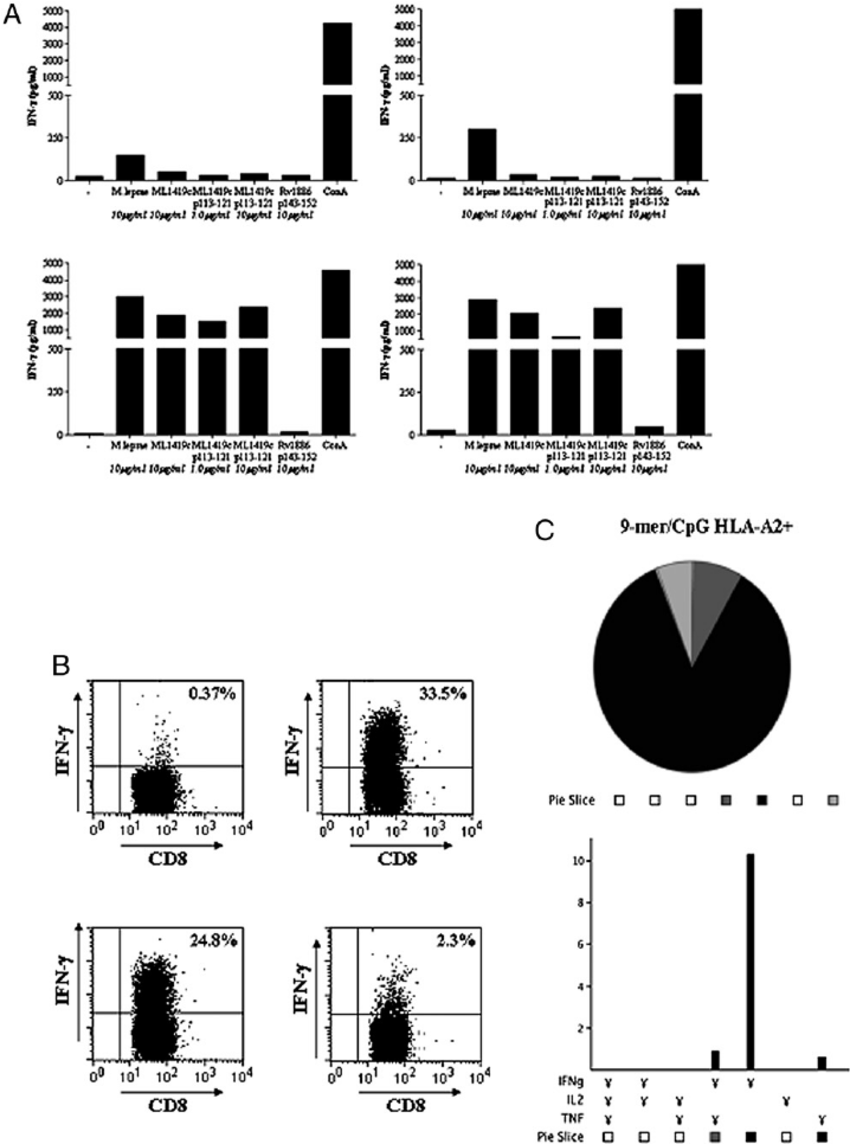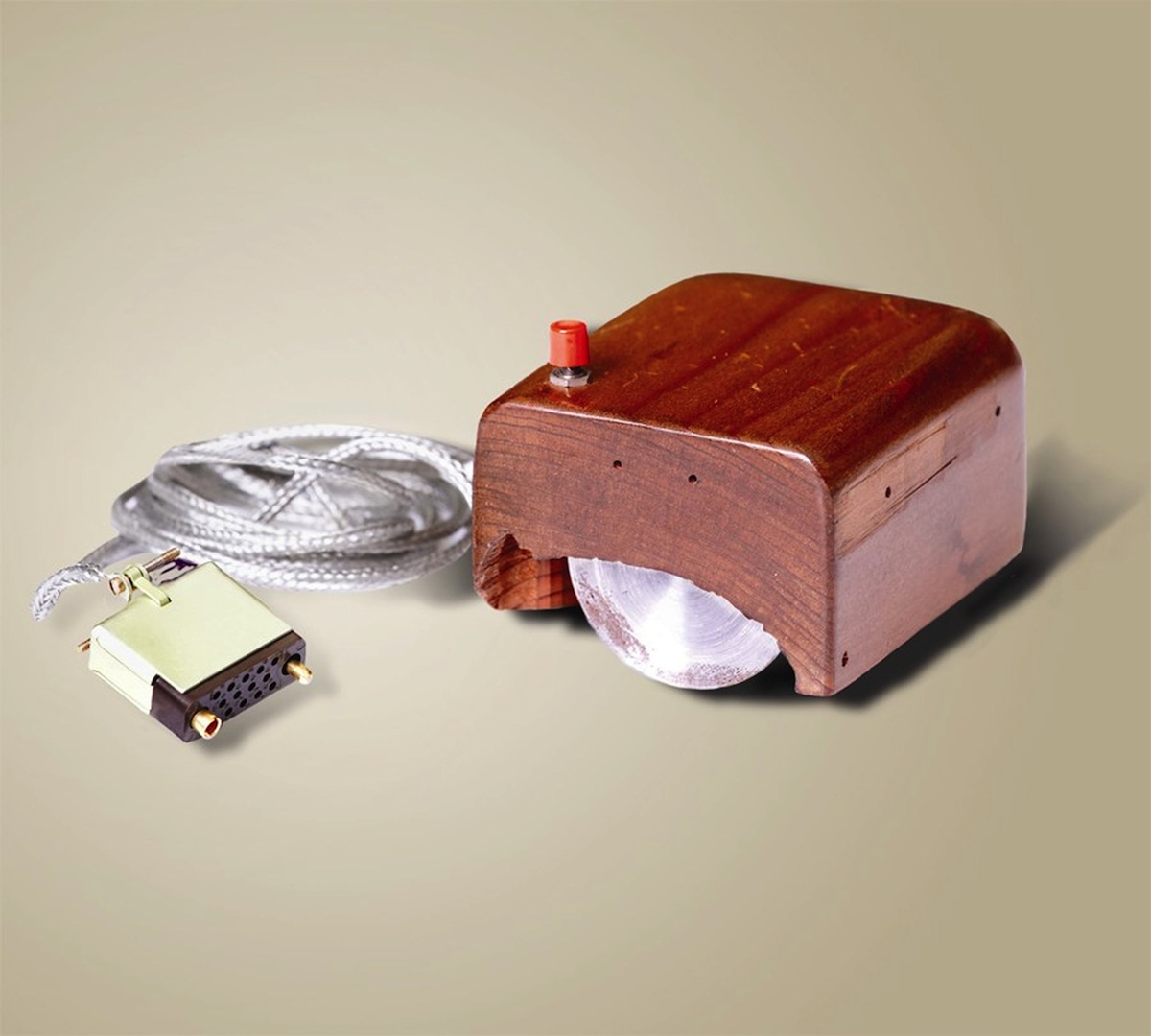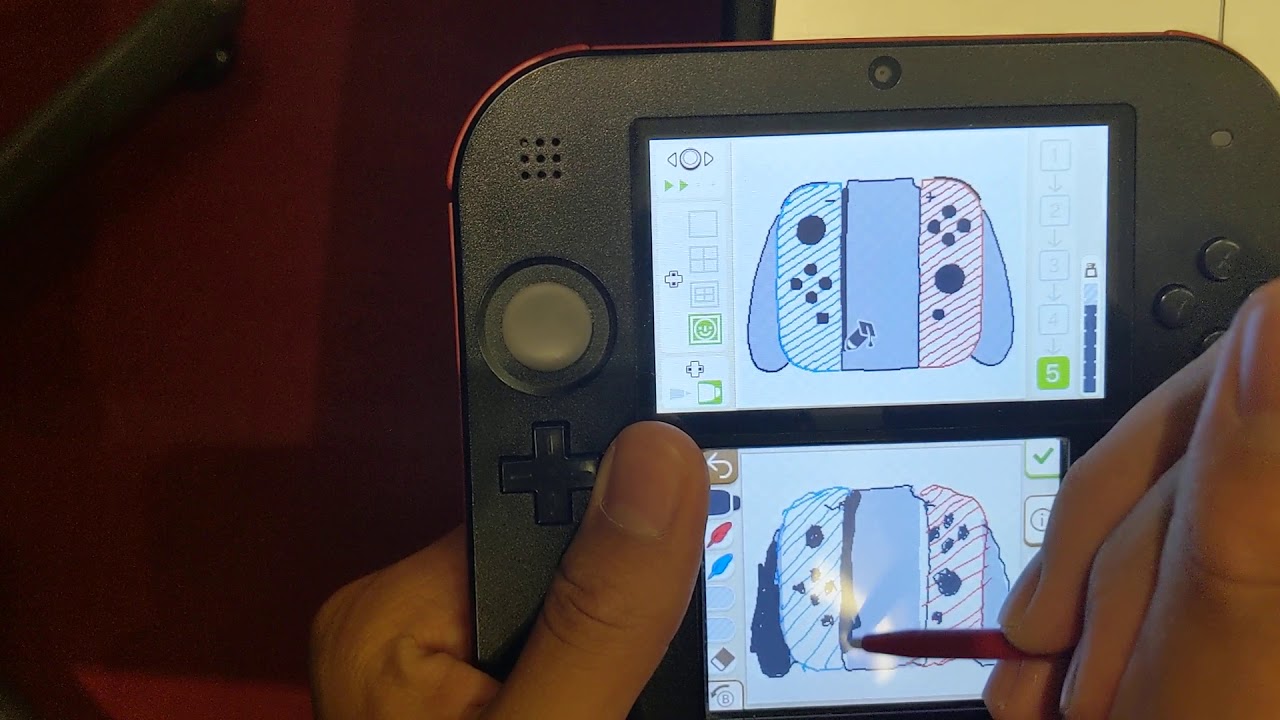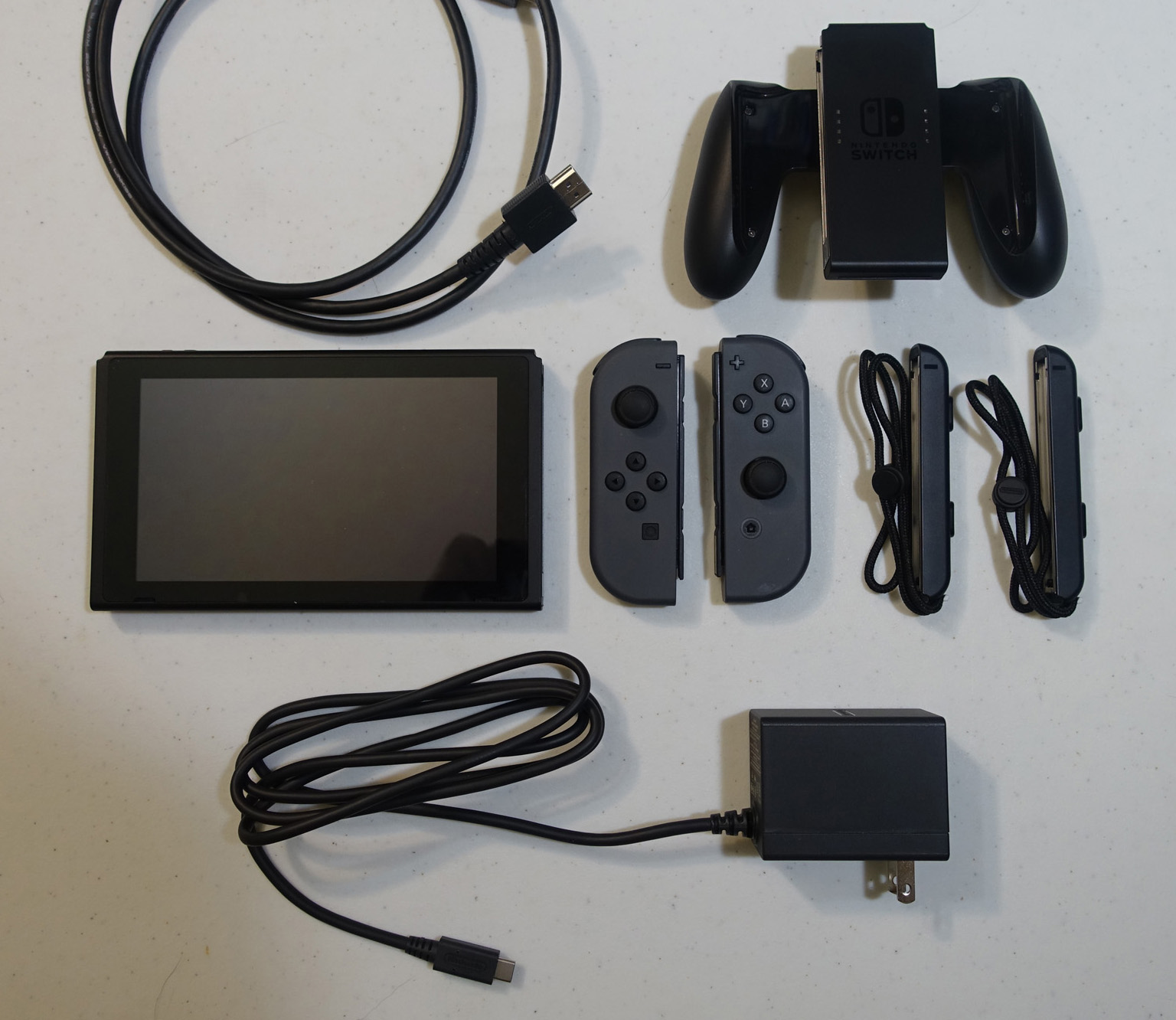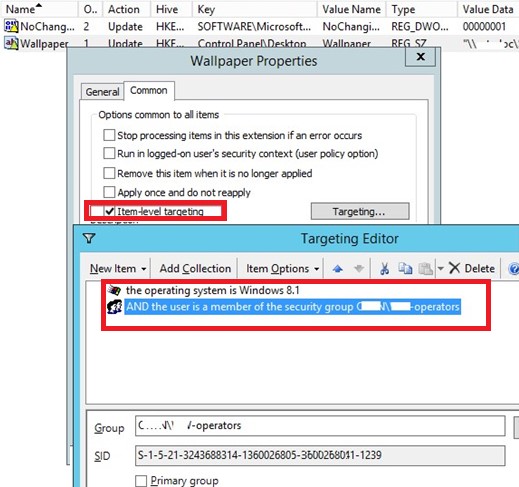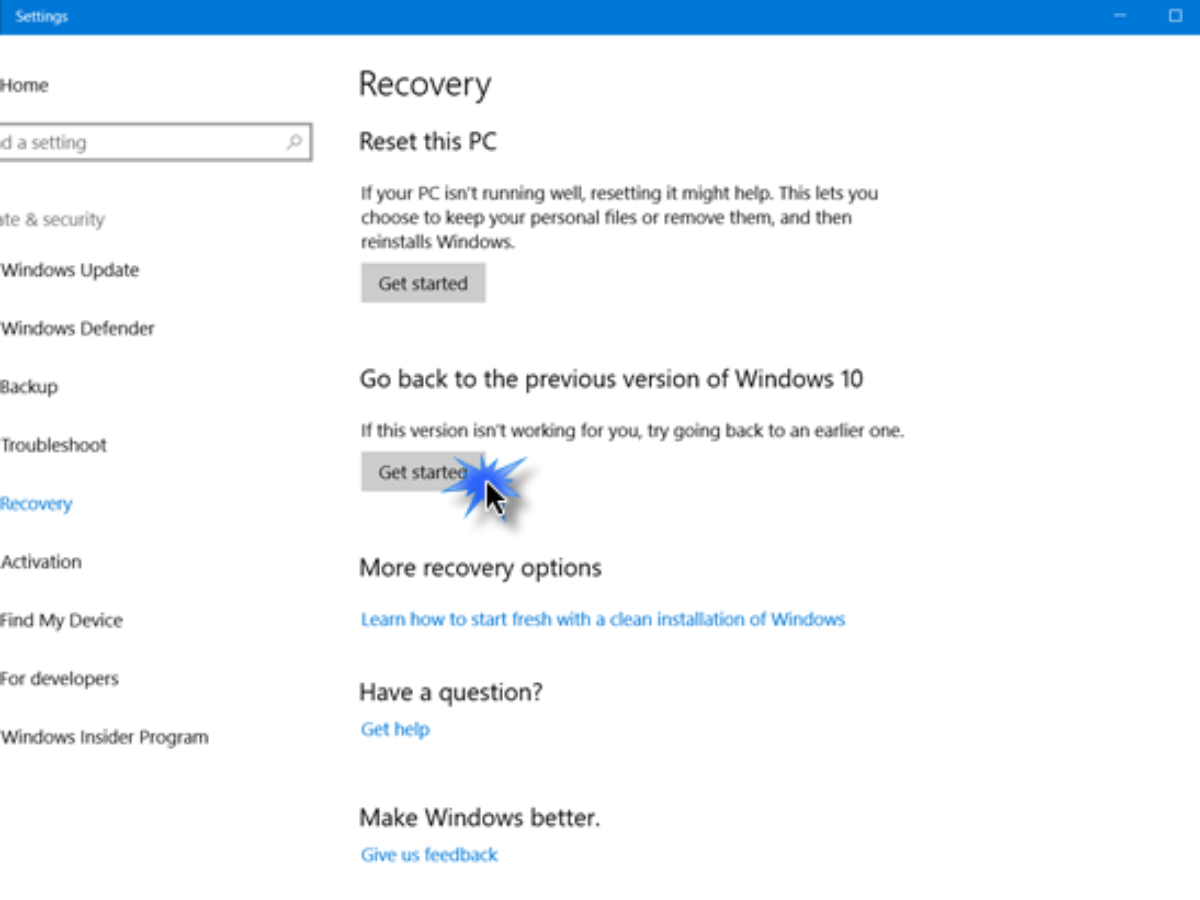Table of Contents
How to conduct in vitro expansion of mouse splenocytes? There are various methods and the one you choose will depend on your resources, your budget and the exact results you need. For this article I am concentrating on how to expand them in the lab to get better quality cells for ongoing research. The procedure is relatively painless but can be time consuming with repeated visits for autologous injections.
Mice are used in many cell culture and research projects. Mice are also excellent for studying many diseases and disorders because of their speed and efficiency in growth assays. They can also be used to study cancer treatments and the response of tissues to specific therapies. These traits make them an ideal and cost-effective model for researchers and doctors alike.
Mice can be easily infected by viruses like MLTV and Q-ml and they succumb to infections very quickly.
Therefore it is necessary to control any infections prior to and during culture. This can be achieved using Erythromycin and can be done monthly or every three weeks. Mice are also susceptible to growth arrest due to reduced splenic capacity. Therefore, additional doses are needed to bring up cell counts.
The method for how to conduct in vitro expansion of mouse splenocytes? One method is through transvaginal laser ablation, where the laser energy is used to vaporize abnormal cells. The normal cells are then purified through electrodessication, washing and infection. The procedure is usually successful in improving the quality and number of normal cells but sometimes produces mixed results. Some of the mixed results may include increased sensitivity to insulin and impaired glucose tolerance.
One of the best ways is to use the growth arrest assay.
It is a highly sensitive test for detecting insulin resistant tumor cells. This works by injecting glucose in a petri dish and then looking for evidence of growth arrest. If abnormal cells are found, they are then tested for insulin secretion.
Another procedure is known as v-erboyalty transfer. This involves splenocyte proliferation in a non cancerous organ such as the kidney. Mice are genetically programmed to prefer a red blood cell and so the kidney is an ideal organ to test this procedure. When a mouse is given a preference for one type of cell over another, the scientists can then inject a particular protein into the mice. When this occurs, the mice will start to grow and develop normally.
There are many ways that a laboratory can be searched for the answers to these important questions. Some research centers include a department that specializes in tissue culture and expansion. Others use pharmacology to learn how to perform in vitro expansion of mouse splenocytes? Other groups seek clues from cellular physiology and electrophysiology. Still others are interested in basic anatomy. The group that studies cellular physiology may be the most useful when a question comes up on how to perform in vitro expansion of mouse splenocytes?
Some cells grow by division and others by creation.
Some cells have specific functions and some perform multiple functions. There are also special types of cells such as myeloid, cardiolite and macrophages. The study of cells is very detailed and it is very important that we understand them and what they are capable of. Splenocyte preparation can also be very detailed including microscopic examination and the use of culture media to culture the cells.
The process of in vitro expansion begins with the culture of the Murine splenocytes in an appropriate medium. This can be serum-based or osmotic. Next, the culture media is injected into the mice for growth and maturation. The media is usually rich in glucose and supplemented with fetal bovine serum to promote the growth of the cells. When the mice are approximately two weeks old, the surgical procedure can be performed. Mice are an easy breed to work with due to their short span of life and rapid growth.
The use of human or bovine cord blood cells is necessary in the culture and expansion of mouse splenocytes? How to perform in vitro expansion of mouse splenocytes? The mouse used in this procedure has not been immunized or treated with various vaccines. This strain of mice is known to be the same as the non-immunized mouse used in vaccine trials. The immunization procedures done on these mice are very minimal. The procedure involves manual pressure injection of cells into the mice.
There is a great deal of research being done to find solutions to the immunological issues of this mouse strain. This study will undoubtedly lead to better and more effective methods to treat and prevent various diseases from the cellular level to the whole animal. This procedure may also be used as a model for other diseases involving the immune system and its functions. This is also the common denominator that links many scientists when they discuss on how to perform in vitro expansion of mouse splenocytes.


